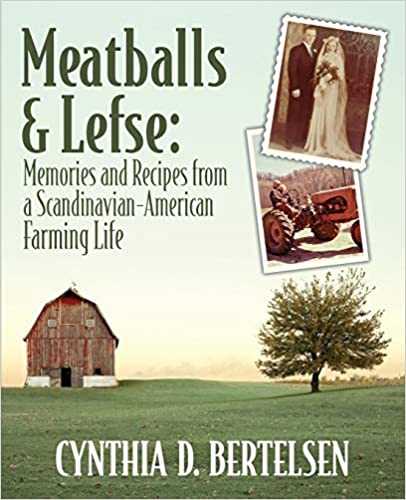
Award-winning author and city girl Cynthia D. Bertelsen grew up in eastern Washington state, in Palouse wheat-farming country. Her father, a plant pathologist, researched diseases of wheat and cacao at a local university. And every spring he planted a big vegetable garden and tended the many fruit trees in the backyard of their old farmhouse, built in 1888.
Award-winning author and city girl Cynthia D. Bertelsen grew up in eastern Washington state, in Palouse wheat-farming country. Her father, a plant pathologist, researched diseases of wheat and cacao at a local university. And every spring he planted a big vegetable garden and tended the many fruit trees in the backyard of their old farmhouse, built in 1888. For heat, the house boasted a dilapidated oil burner in the middle of the living room. So, on most winter mornings, frost a half-inch thick covered young Cynthia’s upstairs bedroom window.
Despite this fleeting taste of rural life, when she married Mike Bertelsen, Cynthia had a lot to learn from her Norwegian-American mother-in-law Ethel, both about farming and life in general.
Ethel’s Norwegian ancestors immigrated to America in the 1850s and settled in western Wisconsin, where they farmed for decades. With her Danish husband Knute, Ethel raised six children on a small family farm amid the challenges of the twentieth century: the Great Depression, World War II, the Cold War, polio epidemics, the social upheavals of the 1960s, and the fluctuating economic fortunes of dairy farming. The day-in-day-out routine of milking, tending to crops and livestock, preparing immense meals for threshing crews, and sometimes dealing with poor harvests meant much hard work, and often heartbreak.
Through recipes, family anecdotes, photographs, and historical musings, Meatballs & Lefse tells the story of the relationship between a young bride and her mother-in-law, each coming from different worlds, yet united by love of family, the kitchen, the land, and each other. Meatballs & Lefse also shines a light on Scandinavian-American immigrant culture and cuisine.

